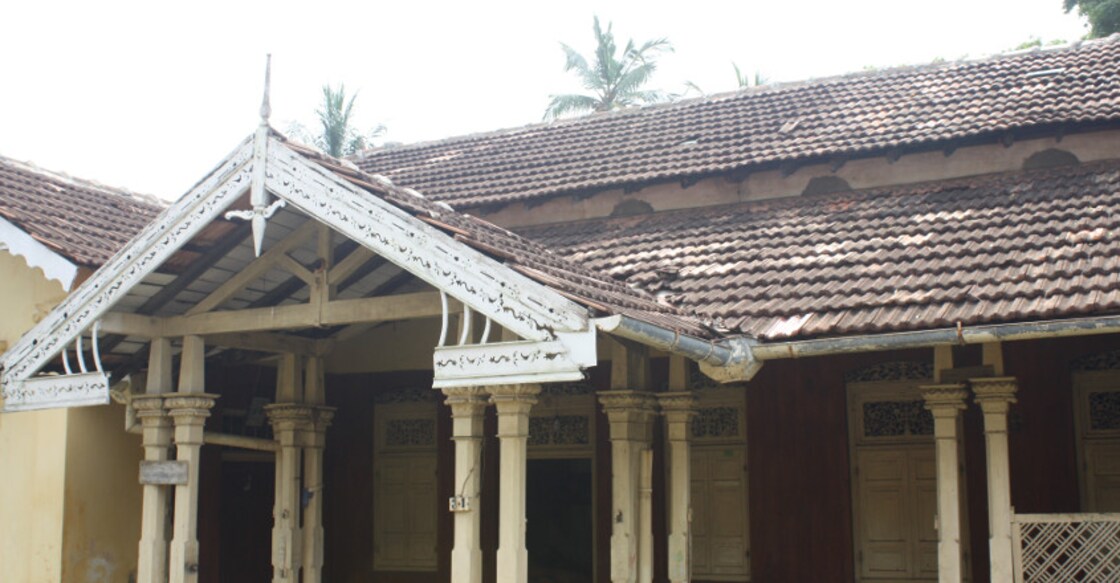The Kerala elements in Jaffna’s culture

Mail This Article
“Sloan, sloan,” a curious and friendly auto rickshaw driver once kept asking me in Chennai after I paid him for a ride in the city. It took me a while to understand that the man meant Ceylon and thought that my Palakkad Tamil was actually Jaffna Tamil! A decade-and-a-half later I find myself in the northern Sri Lankan city, finally understanding why my imperfect Tamil, laced with Malayalam words and a peculiar accent, sounds like the Jaffna dialect of the great language.
This quiet and beautiful town that is close to the northern tip of Sri Lanka has elements of several cultures, and this coming together of languages and influences is why it has been recognised as one of the intellectual capitals of the Tamil world. It is widely believed that many people who immigrated to the Jaffna peninsula in centuries past came from Kerala. Some scholars believe that Keralites even settled further south and east in Sri Lanka and later adopted the Tamil language.

Others insist that the Tamils in northern Sri Lanka are the descendants of the Cheras and probably speak a language that later evolved to become Malayalam. They cite as evidence the common worship of Kannaki Amman/Bhagwati among Keralites and Sri Lankan Tamils. Incidentally, the Sinhalese also worship Kannaki, calling her Pattani. It is very likely that Malayalis were assimilated into both the Tamil and Sinhalese societies.
Affinity for Kerala
Based on street conversations in Jaffna, I can safely say that the residents of the city have a particular affinity for Kerala. This is also reflected in matrimonial websites where Sri Lankan Tamils from the Vellalar caste search for Malayali Nair brides and grooms. The Vellalars, a dominant caste in the Jaffna hierarchy, continued to maintain a matriarchal system, like the Nairs.
While the great temples of this city are undoubtedly of the Dravidian Tamil Nadu style, quite a few homes of Jaffna seem to have elements of both Tamil Nadu and Kerala architecture. The fading and stately old houses of Jaffna seem to conform to the Nalupura (four-sided house) style of architecture, with an open-air central courtyard, and living rooms and verandah facing all four sides of the courtyard. One of the homes I spotted could just as well have been transplanted from the village of Tattamangalam, near Palakkad. It even had the statues of two protective lions mounted on the gate walls.

In Jaffna’s winding lanes, I see traces of Palakkad, Pollachi and some small Kerala border towns in Tamil Nadu. The landscape - the lush green fields, lakes, lagoons and seaside promenades give the city a distinct Kerala feel. Dawn is greeted in many places with P Leela’s devotional songs, and it’s also possible to spot Sabrimala pilgrims.
The origins of the people of Jaffna are hotly disputed by historians, depending on their own political leanings. Among the books destroyed in the 1981 burning down of the Jaffna Public Library was the sole surviving manuscript of Yalpana Vaipava Malai, which describes the ancient history of Jaffna.

Jaffna cuisine is also a lot closer to what one gets in Kerala than in Tamil Nadu. Residents of this city relish puttu, fish curries and idiappam, while chefs do not go easy on coconut or coconut oil. Although religious people in Jaffna tend to stay away from any meat, beef curry is one of the delicacies in the city and is loved as much as it is Kerala. Then there’s the payasam that is the closest thing to what my grandmother used to make. Jaffnaites also commit an act that some Tamilians might consider sacrilegious - that is drinking instant coffee! No restaurant in the city seems to serve the delicious South Indian brew in a steel tumbler.

As I watch the slow pace of life in this once conflict-ridden city, I feel a sense of nostalgia for a South Asia that existed before the advent of European-style nation states (a 19th century creation). There was a time when the concept of border control and identity cards weren’t a norm. Ideas, people, concepts and languages flowed freely in the landmass that stretched from India to Southeast Asia, and no doubt, this paradise isle, sometimes called ‘the teardrop of India’ was one of the major hubs in the region. Ironically Asia is marred by border disputes, ethnic and sectarian conflicts and mutual distrust, while Europe has the border-free Schengen Area and the kind of integration and harmony between member states that was once commonplace here but now looks like a pipedream. It was a free flow of information and ideas that gave Jaffna a partly Malayali character.



